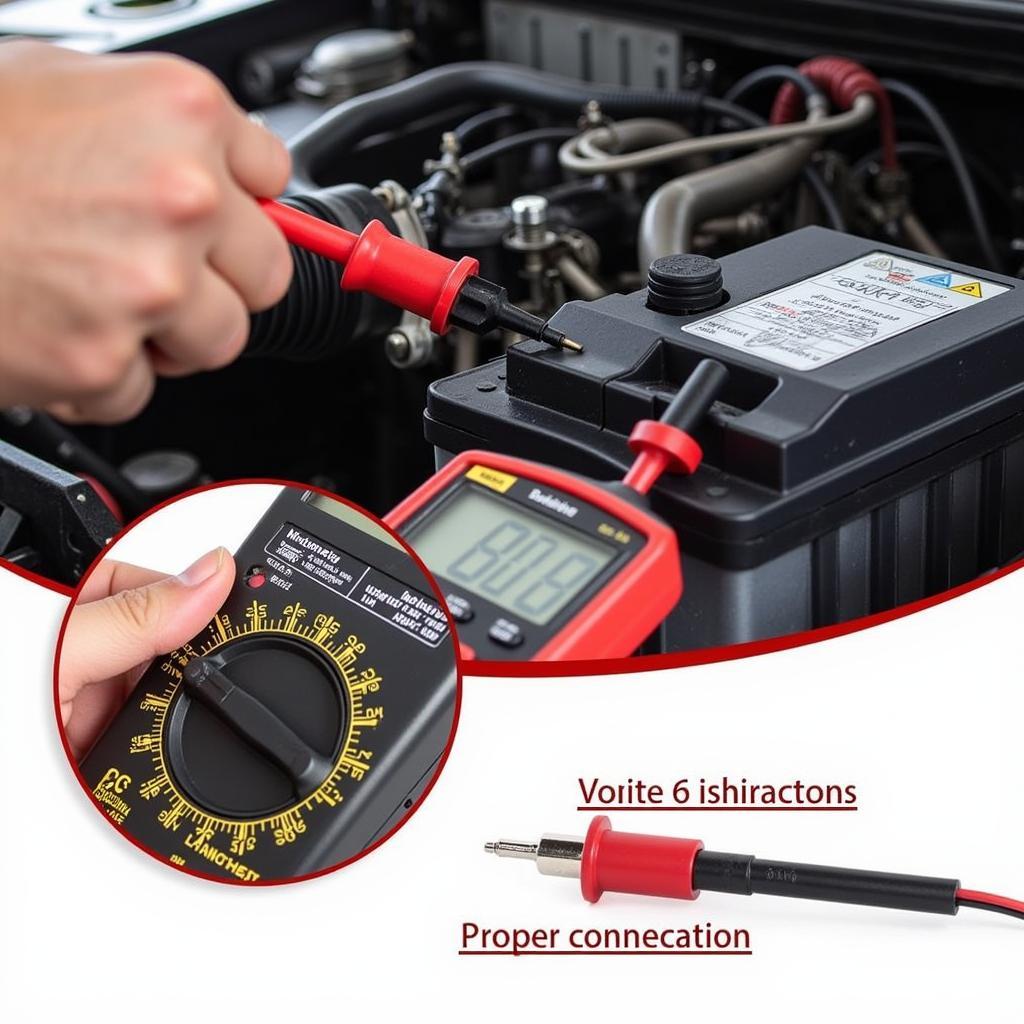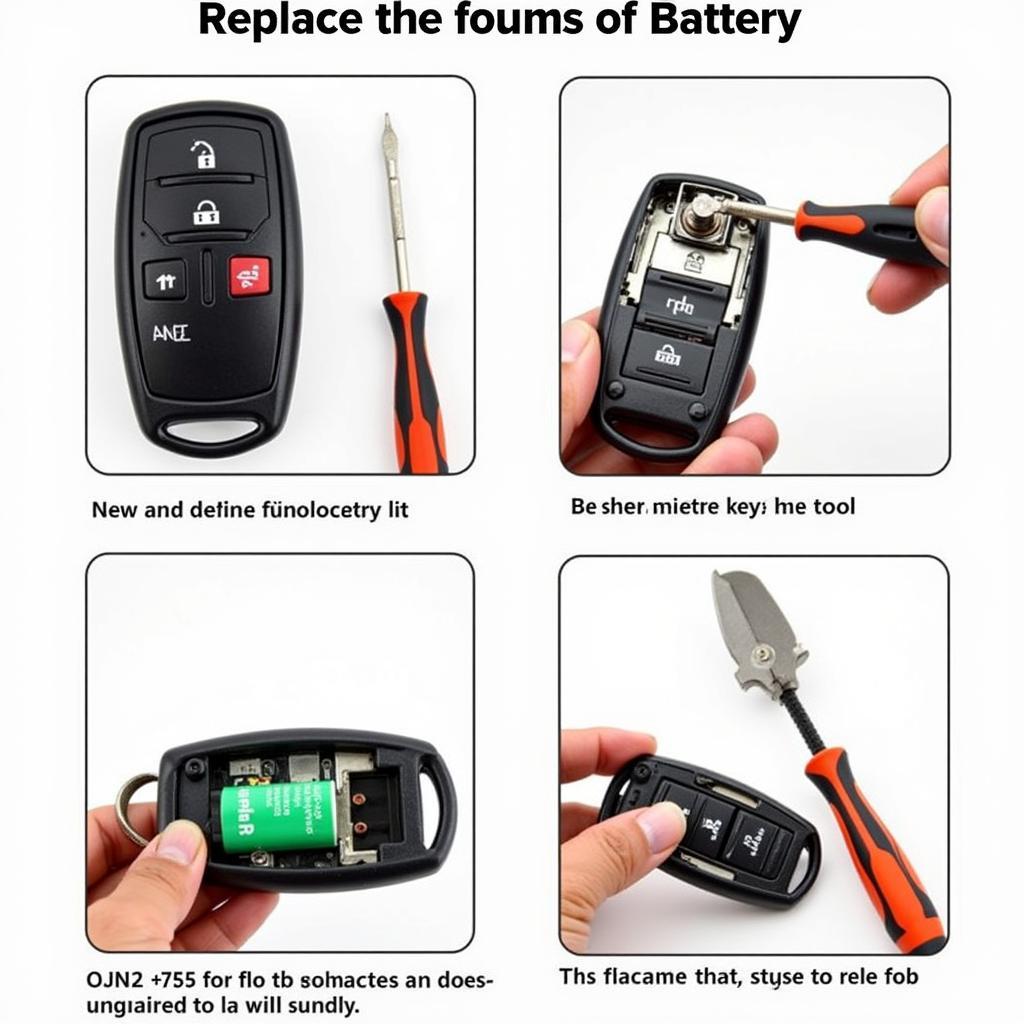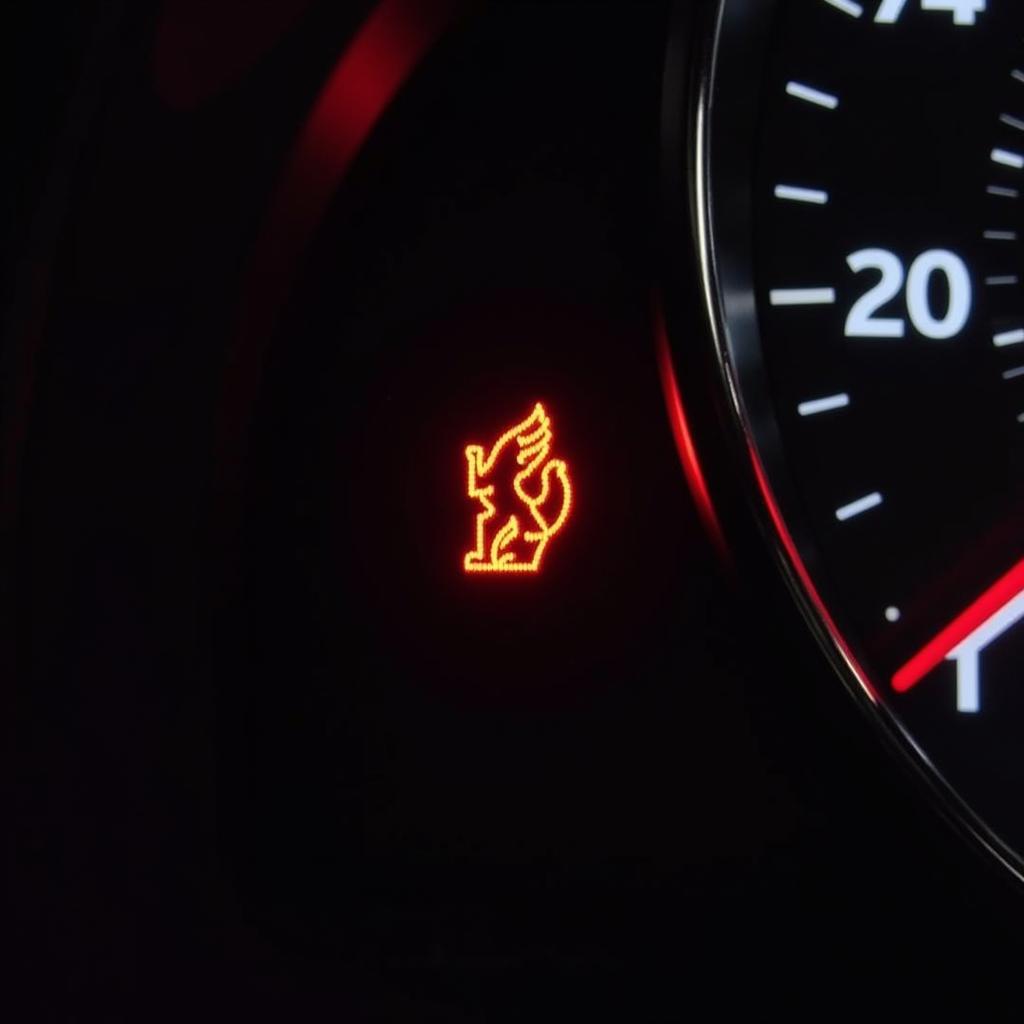A new car battery keeps going flat? This is a frustrating issue that can leave you stranded. While a new battery should last for several years, various factors can cause it to drain prematurely. This article dives deep into the common causes of a new car battery draining and provides practical solutions to get you back on the road. check if car battery needs replacement
Why is My New Car Battery Draining?
Several reasons can explain why your new car battery keeps dying. Identifying the root cause is the first step towards fixing the problem. It’s important to understand that even new batteries can be faulty, but often the issue lies elsewhere. Some common culprits include parasitic draws, faulty charging systems, and even extreme temperatures.
Parasitic Draw: The Silent Battery Killer
A parasitic draw occurs when an electrical component continues to consume power even when the car is off. This constant drain can slowly deplete your battery over time, leading to a dead battery in the morning. Common culprits include interior lights, faulty door switches, and aftermarket accessories like stereo systems or alarms.
Faulty Alternator: Not Charging Properly
The alternator is responsible for recharging the battery while the engine is running. If your alternator is failing, it won’t charge the battery sufficiently, leading to a gradual discharge and eventual failure. Signs of a faulty alternator can include dimming headlights, flickering dashboard lights, and strange noises coming from the engine bay.
Extreme Temperatures: Affecting Battery Performance
Extreme temperatures, both hot and cold, can impact battery performance. In extreme cold, the chemical reactions inside the battery slow down, reducing its capacity. In extreme heat, the battery fluid can evaporate, leading to internal damage.
car battery goes flat overnight
How to Diagnose a Draining Car Battery
Diagnosing a draining battery requires a systematic approach. Start by checking the obvious, like interior lights or forgotten accessories. Then, you can move on to more advanced troubleshooting steps.
Checking for Obvious Drains
Inspect the interior of your vehicle for any lights that might have been left on. Check the glove compartment, trunk, and under the seats. Even a small light can drain your battery overnight.
Testing the Alternator
A simple test can determine if your alternator is charging properly. With the engine running, use a multimeter to check the voltage at the battery terminals. A healthy alternator should produce around 14 volts. dead car battery vs alternator
Performing a Parasitic Draw Test
A parasitic draw test involves measuring the current draw with the car off and all accessories disconnected. This test requires a multimeter and some knowledge of car electrical systems.
 Testing a Car Battery with a Multimeter
Testing a Car Battery with a Multimeter
What if my new car battery keeps dying even after replacing the alternator?
Even with a new alternator, a persistent battery drain can indicate a deeper electrical problem. Hidden parasitic draws can be tricky to find. Consider seeking professional help from a qualified automotive technician if you are unable to locate the source of the drain.
Preventing Future Battery Drain
Once you’ve identified and fixed the problem, take steps to prevent future battery drain. Simple habits can significantly extend the life of your car battery.
Regular Battery Maintenance
Periodically clean the battery terminals and check the electrolyte level. Keeping your battery clean and topped off can prevent corrosion and ensure optimal performance.
How often should I check my car battery?
Checking your car battery every few months is a good practice, especially during extreme temperatures. Regular checks can help identify potential issues before they leave you stranded.
Limiting Accessory Use While the Engine is Off
Avoid running accessories like the radio or air conditioning for extended periods while the engine is off. This can quickly drain the battery.
Conclusion
A new car battery that keeps going flat can be a frustrating experience. However, by understanding the common causes and implementing the diagnostic steps outlined in this article, you can resolve the issue and keep your vehicle running smoothly. Don’t let a dead battery ruin your day – take action and car battery clicking but not starting tackle this problem head-on. 2017 jeep grand cherokee battery problems
FAQ:
-
How long should a new car battery last? A new car battery typically lasts between 3 and 5 years.
-
Can I jump start my car if the battery keeps dying? Yes, jump-starting can provide a temporary solution, but it’s crucial to find and fix the underlying cause of the drain.
-
What are the signs of a bad alternator? Dimming headlights, flickering dashboard lights, and strange noises from the engine bay are common signs of a failing alternator.
-
Is it safe to drive with a draining battery? Driving with a draining battery can be risky, as it can lead to unexpected stalling and electrical system failures.
-
How much does a new car battery cost? The cost of a new car battery varies depending on the type and size, but typically ranges from $50 to $200.
-
Can extreme weather affect my car battery? Yes, both extreme heat and cold can impact battery performance and lifespan.
-
How can I prevent my new car battery from going flat? Regularly maintain your battery, limit accessory use while the engine is off, and have your charging system checked periodically.



